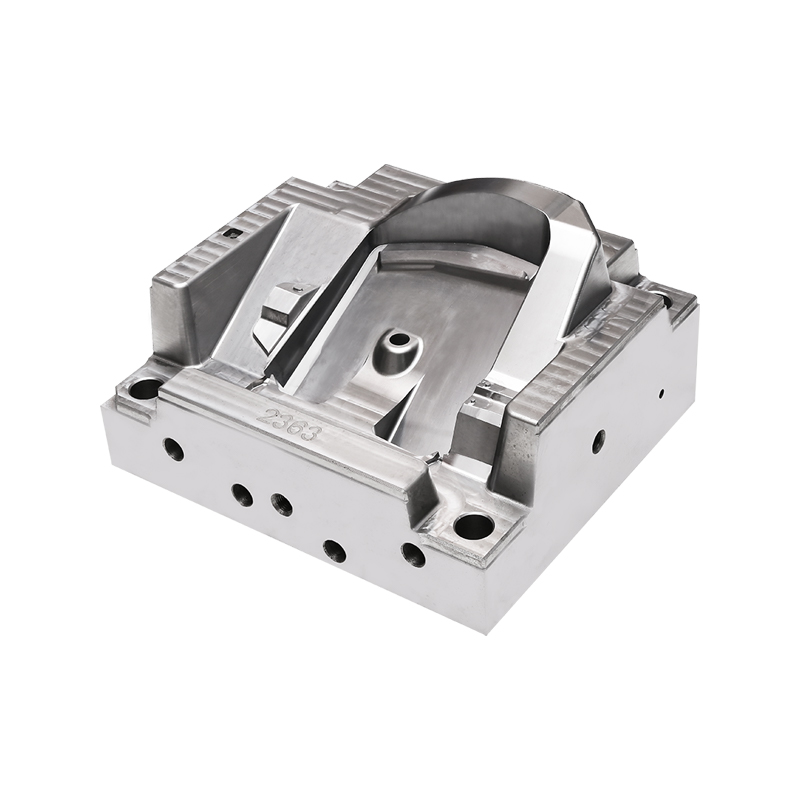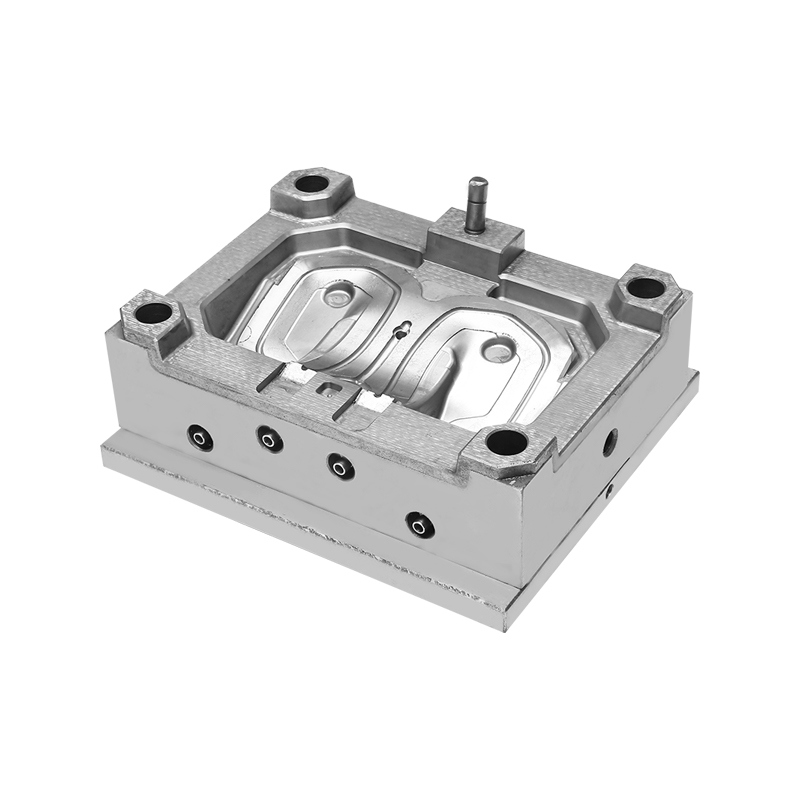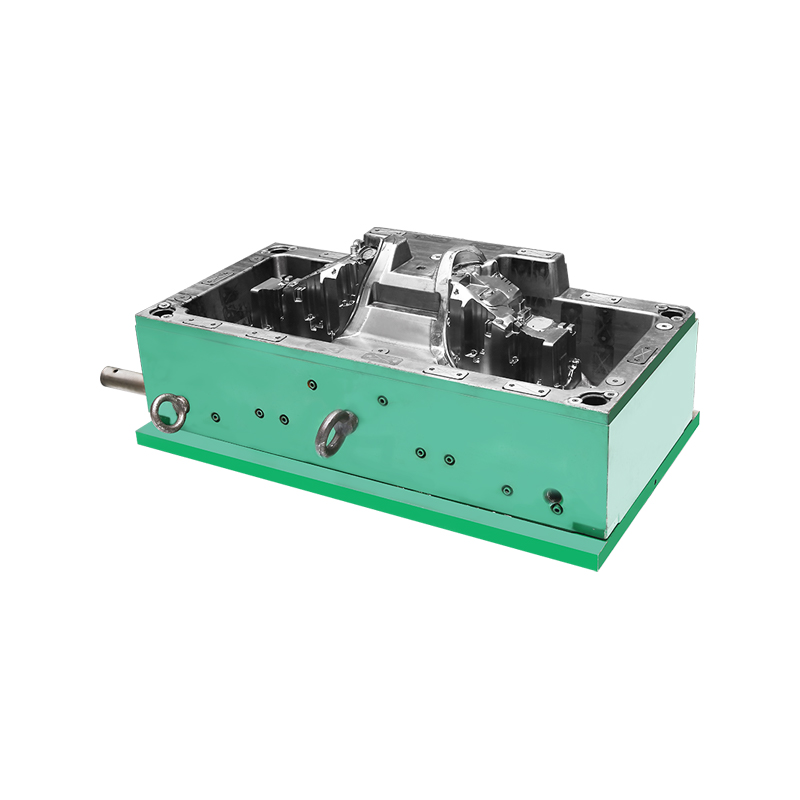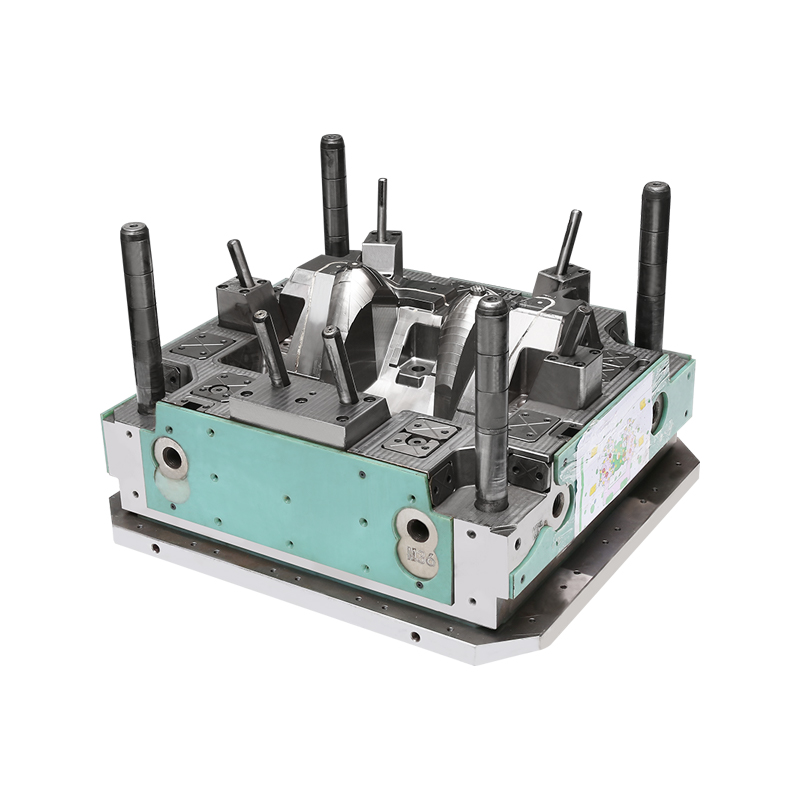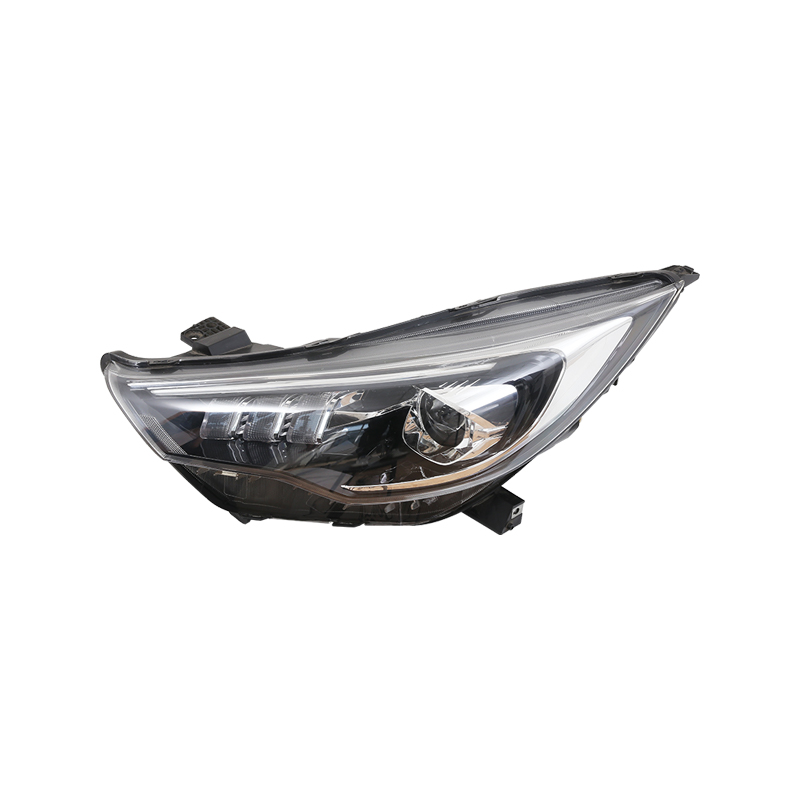The manufacturing sector is witnessing a significant transformation as digital technologies reshape traditional processes, and Plastic Injection Mold technology is no exception. As one of the widely used methods for producing plastic parts, plastic injection molding is embracing digital tools and automation to improve precision, efficiency, and overall quality. In 2025, the digitization of Plastic Injection Mold technology is accelerating, creating new opportunities and setting higher industry standards.
One of the primary ways Plastic Injection Mold technology is going digital is through the integration of advanced computer-aided design (CAD) and computer-aided manufacturing (CAM) systems. These digital tools allow engineers to design molds with incredible accuracy and simulate the injection process before physical production begins. By using CAD and CAM, manufacturers can detect potential flaws or inefficiencies early, reducing costly trial-and-error cycles and shortening development timelines for Plastic Injection Mold projects.
Another key development in digital transformation is the adoption of simulation software specifically tailored for Plastic Injection Mold processes. These simulation programs analyze factors such as melt flow, cooling rates, and potential warpage, providing detailed insight into how the mold and material will behave. This predictive capability allows mold makers to optimize gate locations, cooling channels, and cycle times, to better quality parts and fewer defects.
Beyond design and simulation, digitalization extends into the manufacturing floor itself. Modern Plastic Injection Mold facilities are increasingly adopting Industry 4.0 principles, utilizing Internet of Things (IoT) sensors and real-time data analytics to monitor machine performance and mold conditions. These smart factories can track parameters like temperature, pressure, and injection speed with high precision, enabling proactive maintenance and reducing unplanned downtime. By continuously collecting and analyzing data, manufacturers enhance consistency and ensure that the Plastic Injection Mold process meets stringent quality standards.
Automation plays a crucial role in the digital evolution of Plastic Injection Mold technology. Robotic arms and automated material handling systems are now common in injection molding plants, reducing human error and increasing productivity. Robots can manage mold changes, part removal, and assembly tasks, streamlining workflows and enabling higher throughput. The digital control systems that coordinate these robots integrate seamlessly with molding machines, further improving operational efficiency.
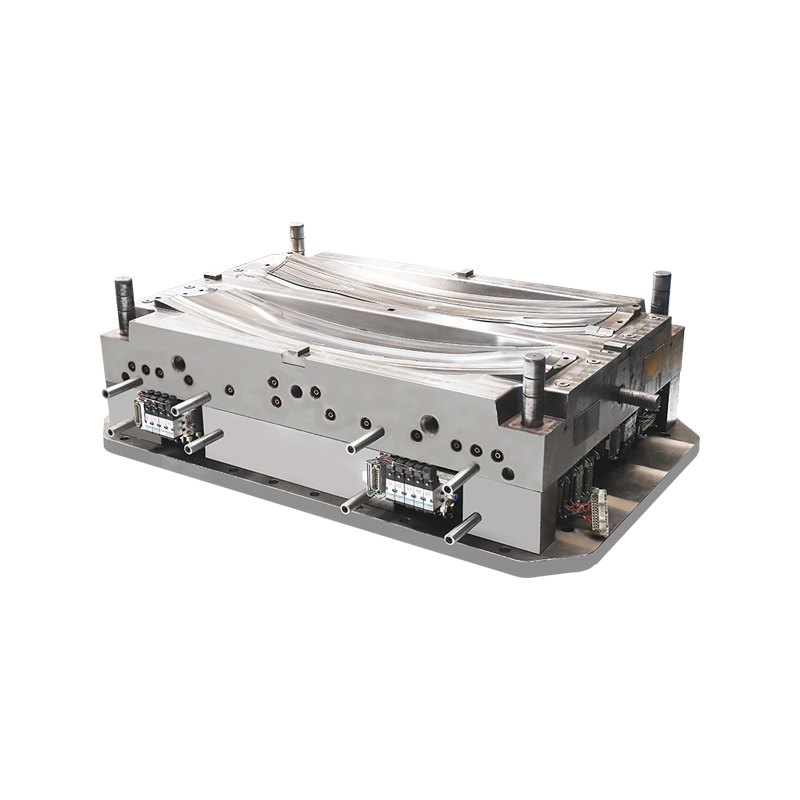
Additive manufacturing, or 3D printing, is another digital innovation influencing Plastic Injection Mold technology. While 3D printing is not a replacement for injection molding, it is being used to produce rapid prototypes and even mold inserts. This hybrid approach allows manufacturers to validate designs quickly and make adjustments before investing in expensive tooling. Additionally, 3D printing can create complex cooling channels within molds that traditional methods cannot achieve, enhancing cycle times and part quality.
Data security and digital collaboration tools are also becoming important as Plastic Injection Mold suppliers work more closely with customers and partners across the globe. Cloud-based platforms allow real-time sharing of design files, process data, and quality reports, improving communication and speeding up project timelines. Digital twins—virtual replicas of physical molds and production lines—enable continuous monitoring and optimization, ensuring the Plastic Injection Mold process adapts to changing requirements.
Sustainability efforts are further supported by digital technologies in Plastic Injection Mold manufacturing. With better control over material usage and process parameters, waste is minimized, and energy consumption is optimized. Digital tracking also facilitates the use of recycled resins, ensuring consistent product quality while reducing environmental impact.
In summary, the digitization of Plastic Injection Mold technology is driving improvements in design accuracy, production efficiency, and product quality. By embracing CAD/CAM, simulation software, IoT monitoring, automation, and additive manufacturing, the industry is evolving to meet the demands of today’s fast-paced and quality-focused markets. As more manufacturers adopt these digital tools, Plastic Injection Mold processes will become smarter, more sustainable, and better aligned with customer needs. The future of plastic injection molding is undeniably digital.

 English
English 中文简体
中文简体 русский
русский Español
Español
